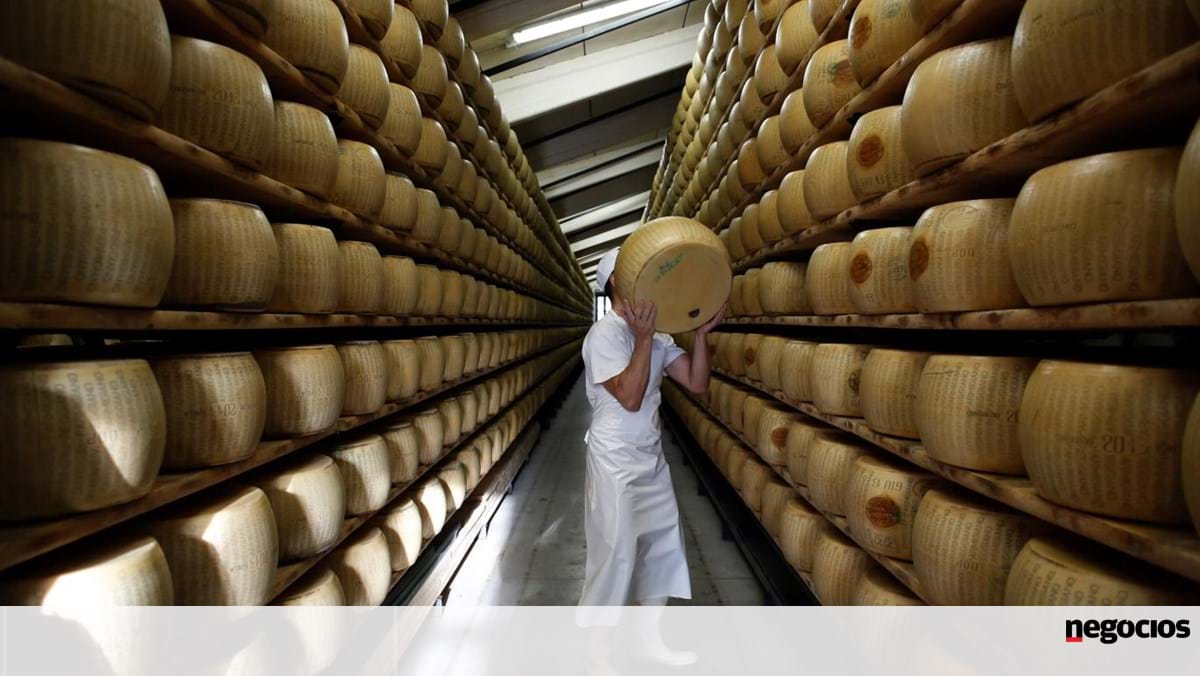Climate, geography and the availability of different types of milk (cow, sheep and goat) have played an important role in the development of cheesemaking in Portugal over time, so, on Saturday 20 January, the National Association of the Dairy Industry (ANIL) met. The Food and Agriculture Organization celebrates World Cheese Day by honoring… Cheesemaking “as a promoter of tradition and the basis of the Portuguese gastronomic heritage, and part of the cultural identity of the various regions.
Portugal has 334 dairy and milk products industries, the vast majority of which are cheese manufacturers, with the national dairy industry generating more than 1.6 billion euros annually – “It is the third most valuable industry in the food industry, with 11% sales,” highlights Maria Candida Maramaqui. , General Manager of ANIL, in a statement.
According to the latest figures from the National Dairy Institute, which still point to 2022, total production in the cheese sector grew by 1% that year, reaching 90 thousand tons, representing 37% of the dairy industry's turnover.
In terms of consumption, the per capita value of cheese reached 14.5 kilograms in 2022.
“The consumption of this food is very rooted in the eating habits of the Portuguese, being a food present in almost every home, however, it is necessary to continue promoting the culture of cheese,” he highlights the same connection.
“However, ANIL, on this day, cannot help but notice some very punitive attitudes that put the sector at risk,” warns Maria Candida Maramaki.
“First of all, the increasing value of imports of low-value-added cheese from Northern European countries, as well as its cheese analogues (a product that includes vegetable fats in its composition),” he noted, noting that “in 2023, and in the period from January to November, it is possible to verify Portugal has already imported nearly 340 million euros, a value more than double its value in 2015.
“In another dimension, there is a need to define a strategy that allows the revival of milk production from small ruminants (sheep and goats), which is important for a large part of the cheese produced nationally,” warns the same president of the association.
For ANIL, “the different types of cheese can be considered national and regional symbols, considering that “the positive dynamics created in the locations where processing units are located are reflected in strengthening the economy, creating wealth, generating employment and contributing to the maintenance of agricultural activity and production.” Animal production associated with high-quality milk production and cheese making.
“Portugal has an extensive heritage of PDO and PGI cheeses, which reflects generational familiarity, among other aspects, with the territory and the preservation of local breeds. It also has countless references to various traditional and regional cheeses, joined by the Flemish cheese – the most widely consumed on the planet.” national level, and a new range of innovative and bolder options that challenge the taste of the most daring people,” concludes ANIL.

“Wannabe internet buff. Future teen idol. Hardcore zombie guru. Gamer. Avid creator. Entrepreneur. Bacon ninja.”

